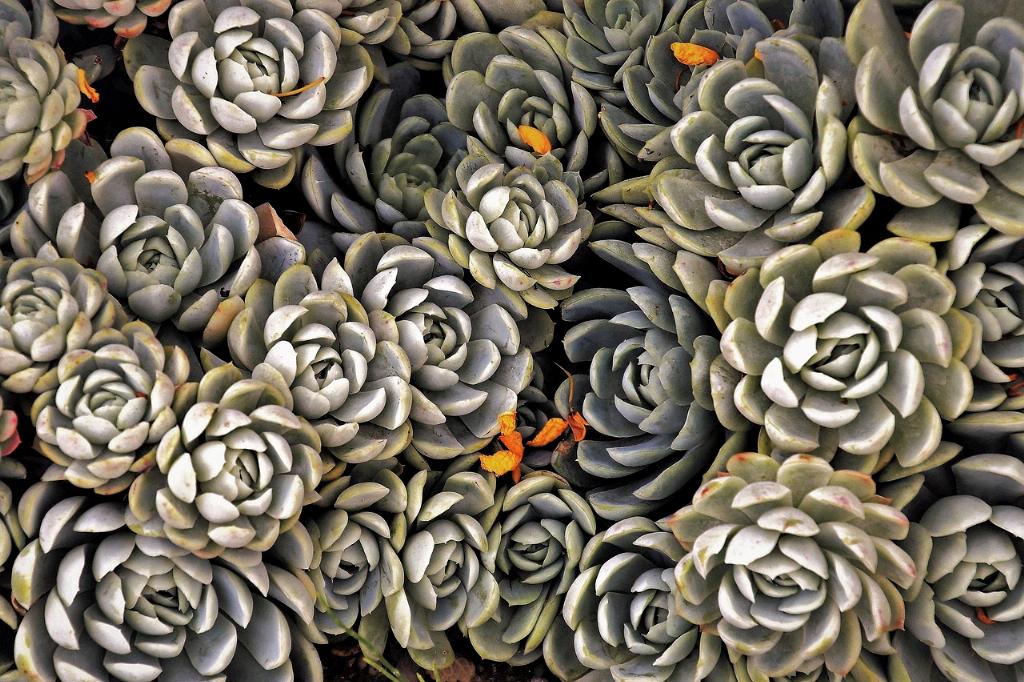So, you find yourself staring at a once vibrant succulent that is now looking a bit down and out. Don’t worry, it happens to the best of us. But fear not, with a little bit of care and attention, you can bring your succulents back to life and have them thriving once again in no time.
Assess the Damage
The first step in reviving your succulent is to assess the extent of the damage. Check the roots for any signs of mushiness, brownness, or dryness. If you notice any unhealthy roots, trim them off with clean scissors to prevent further damage.
Treat with Fungicide
If you spot any signs of fungal infection on the roots or leaves, it’s crucial to treat the plant with a fungicide specifically designed for succulents. This will help prevent the spread of the infection and give your plant a fighting chance at recovery.
Optimal Lighting Conditions
One of the key factors in reviving a succulent is providing it with the right amount of light. Place your succulent in an area that receives plenty of bright, indirect sunlight. Remember, the more light your succulent gets, the more energy it will have to bounce back.
Proper Watering Techniques
When it comes to watering your succulent, less is often more. Overwatering is a common mistake that can lead to root rot and other issues. Allow the soil to dry out completely between waterings, and always use well-draining soil to prevent waterlogging.
Temperature and Humidity
Succulents thrive in warm, dry environments, so it’s essential to keep them away from drafts and excessive humidity. Aim to maintain a temperature range of 60-80°F (15-27°C) for optimal growth and recovery.
Fertilize Sparingly
While succulents don’t require frequent fertilization, a light feeding in the spring and summer months can help promote new growth and enhance their overall health. Use a balanced fertilizer diluted to half the recommended strength.
Pest Control
If you notice any pests infesting your succulent, such as spider mites or mealybugs, take immediate action to eliminate them. Use insecticidal soap or neem oil to treat the affected areas and prevent further damage.
Pruning and Grooming
Regular pruning and grooming can help rejuvenate your succulent and encourage new growth. Remove any dead or withered leaves, stems, or flowers to improve airflow and prevent disease spread.
Patience and Persistence
Reviving a succulent takes time, patience, and a bit of trial and error. Be consistent with your care routine, observe your plant closely for any changes, and don’t be discouraged if progress is slow. With the right approach, your succulent will soon be back to its former glory.
Consulting with Experts
If you’re unsure about the best course of action to revive your succulent or if you notice any concerning symptoms, don’t hesitate to seek advice from gardening professionals or plant enthusiasts. They can provide valuable insights and guidance tailored to your specific situation.
Enjoying the Rewards
Once your succulent has successfully bounced back to life, take a moment to admire your hard work and dedication. Remember that caring for plants is a rewarding experience that teaches us patience, resilience, and the beauty of nurturing life.
Conclusion
In conclusion, bringing succulents back to life is a rewarding challenge that requires attention to detail, knowledge of plant care basics, and a willingness to adapt to your plant’s needs. By following the tips outlined in this guide and staying attentive to your succulent’s progress, you’ll soon see it thriving and flourishing once again.

